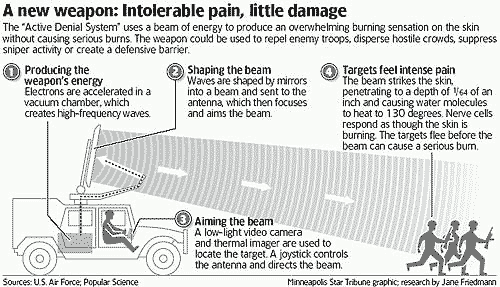
"The rate of technological innovation in some fields is developing exponentially with new advances in wireless sensor networks, ubiquitous and pervasive computing, motes, nodes, grids, and media platforms. Information flows are increasing not only in their quantity and density, but also in their immersive quality. The historical developments of information communication systems can be said to have traced a similar path to how nation states have organised their global power base and dominance. First, power over the land and dominance in waging war on one’s neighbours through ground battle, the domesticated horse and the infantry soldier. Second, domination of the seas and the strongest Navy gave advantage to sea–faring Empires, such as Portugal, Spain, and Britain. The end of naval dominance then gave rise to the advent of the railroad and the dynamic change in transport technology, both in routes and in speed. The transcontinental scope of the railroads finally gave out to air power, winning the World Wars through dominance in the skies. And now, finally, the ‘final frontier’ is space, for ‘the vast potential resource base of outer space is presumably so enormous, effectively inexhaustible, that any state that can control it will ultimately dominate the earth’ [1].
Likewise, modern communication technologies have moved from the land (the telegraph); to the sea (wireless radio; radar); back to land (cables; fibre optics); and to the intermediate land/air stage (masts/antenna); to the outer frontier of space (satellites); and finally now even beyond these frontiers towards a solar system Internet (Turner, 2007). Whoever controls these channels for communication can, in some degree, to be said to ‘dominate the earth’. And the possible uses of wireless communications for the dissemination, targeting, and receiving of clandestine ‘communications’ is an active industry.
The aim of this paper is to examine some of the examples and instances where the use of wireless technologies have been developed to target an individual’s biological body, with specific focus upon the neuronal functioning of the brain. I also show how some of these uses have had detrimental effects, and what this implies for both present and upcoming developments in particular wireless/sensor technologies. This paper shows that an upcoming area of importance is neurotechnology, a discipline that places brain functioning and knowledge of the human brain as primary. Technologies are now being researched and trialled that seek to penetrate and, to a degree, intervene in neural functioning. Whilst some have termed this positively as a coming ‘neural society’ (Lynch, 2004), I consider whether this is not shifting dangerously towards a psycho–civilised society, where greater emphasis is placed upon social control and pre–emptive strategies. I trace a timeline that follows developments from a historical context to the present; and finally to future scenarios and implications. It may be that the social pursuit of increasingly connective and immersive technologies has the potential to open up a Pandora’s box of problematics."
Read Full Article

No comments:
Post a Comment